Scientist of the Day - Augustus Lane-Fox Pitt Rivers
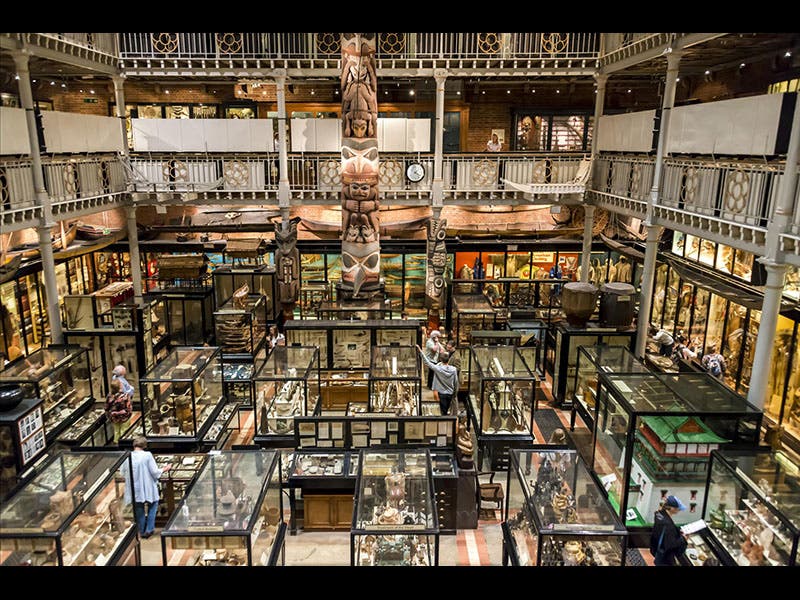
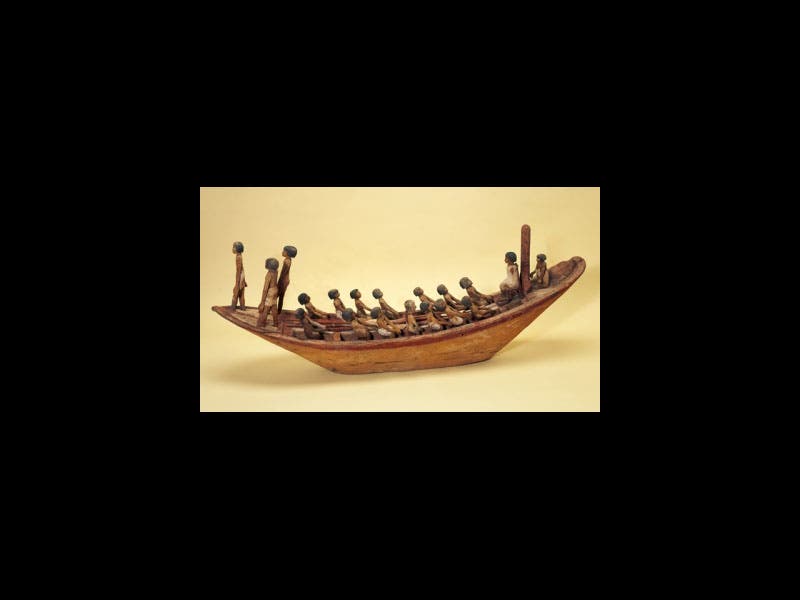
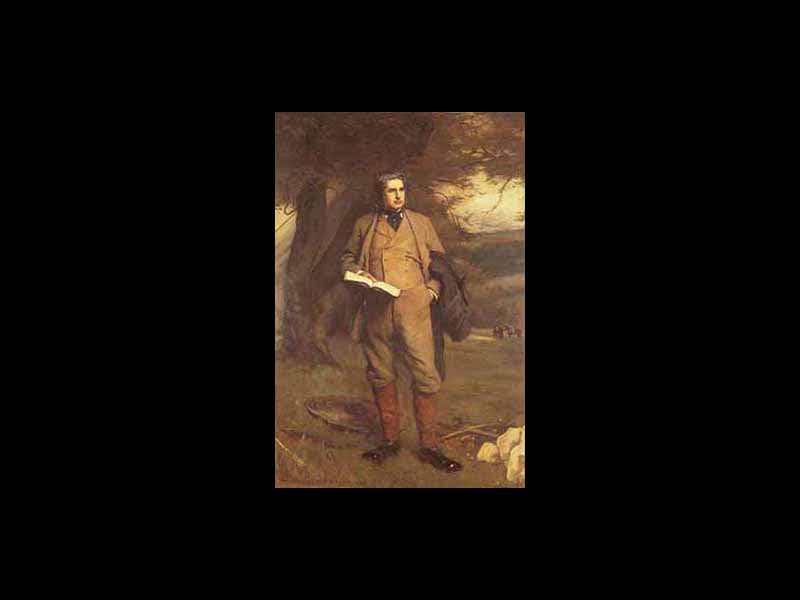
Augustus Henry Lane-Fox Pitt Rivers, the British archaeologist with 4 last names, died May 4, 1900, at the age of 73. Raised as Augustus Lane-Fox, he took the name Pitt Rivers in 1880, when he inherited a huge estate from a cousin with that name. He started collecting antiquities after he saw an exhibit at the Crystal Palace exhibition in 1851, and he never stopped. At that time, most archaeologists collected only beautiful or unusual objects, such as funerary urns. Pitt Rivers was the one of the first to argue that we should collect ordinary, household objects, if we really want to understand how early peoples lived. He wrote "our knowledge of prehistoric and early people is derived chiefly from their funeral deposits, and for all we know of their mode of life, they might as well have been born dead." His approach toward exhibiting his collection was also novel. Instead of grouping objects geographically, as was the custom, he arranged them by "type", putting all the bone needles in one case and the polished stone axes in another, no matter where they came from. In this way, he thought, we can better understand the evolution of material culture.
Pitt-Rivers did a great deal of excavation himself in England and Ireland, but he also bought objects from all over the world on the antiquities market. By 1884, his collection amounted to 18,000 items, and in that year he gave everything to Oxford University, with the proviso that they add a wing to the Oxford Museum to house the collection, and Oxford was happy to do so. The Pitt Rivers Museum still flourishes, and they have kept the objects in the typological arrangement advocated by Pitt Rivers, which gives it quite a different look from most museums. We see above not only a wide view of the museum interior (second image), but one of the wall cases (first image), and an Egyptian model funerary boat that was acquired by Pitt Rivers in 1879 (third image).
There is no portrait of Pitt Rivers in the National Portrait Gallery, surprisingly. But there is one in the Salisbury Museum (fourth image).
Dr. William B. Ashworth, Jr., Consultant for the History of Science, Linda Hall Library and Associate Professor, Department of History, University of Missouri-Kansas City. Comments or corrections are welcome; please direct to ashworthw@umkc.edu.

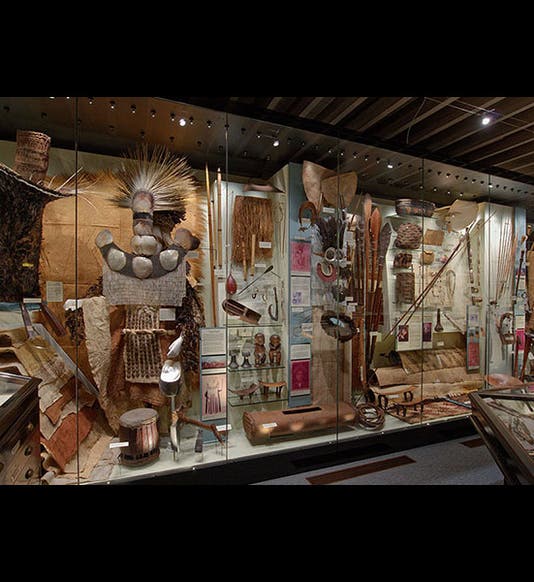
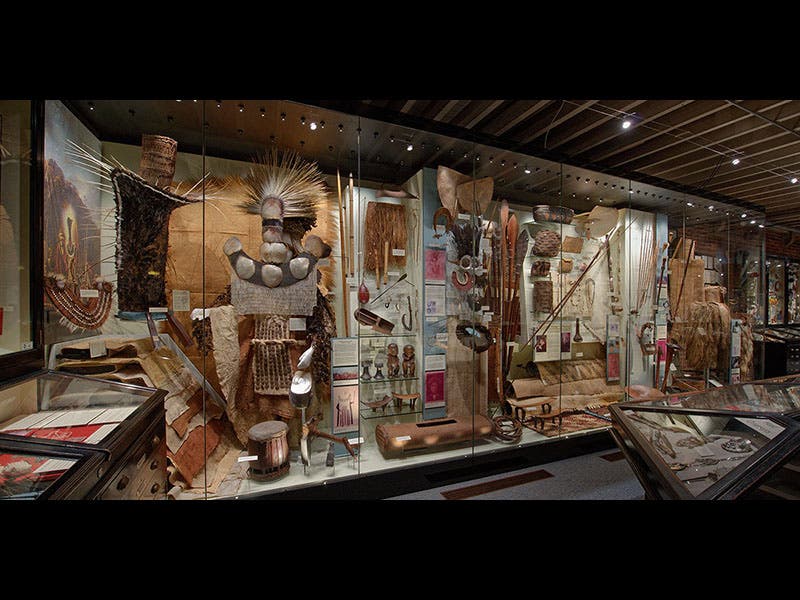


![Using an astrolabe to measure the depth of a well, woodcut in Elucidatio fabricae vsusq[ue] astrolabii, by Johannes Stöffler, 1513 (Linda Hall Library)](https://preview-assets-us-01.kc-usercontent.com:443/9dd25524-761a-000d-d79f-86a5086d4774/a998eb50-55d2-4a88-ace2-a50aa5fa86e7/Stoffler%201.jpg?w=210&h=210&auto=format&fit=crop)

